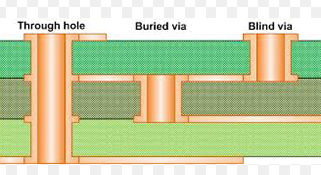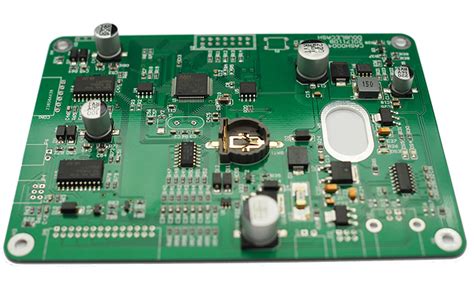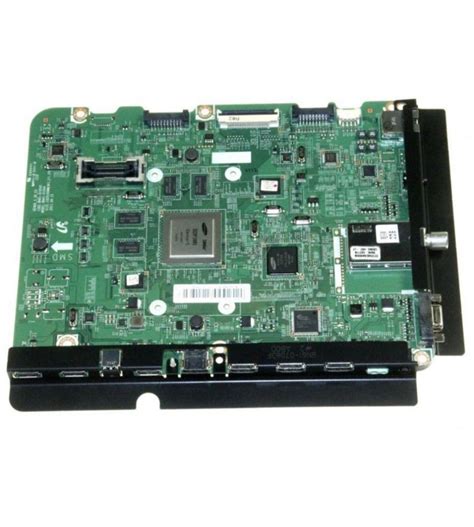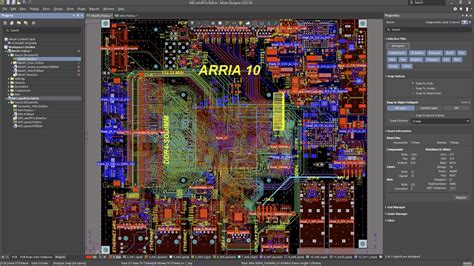Mastering the Essentials of Box Build PCB for Efficient Assembly
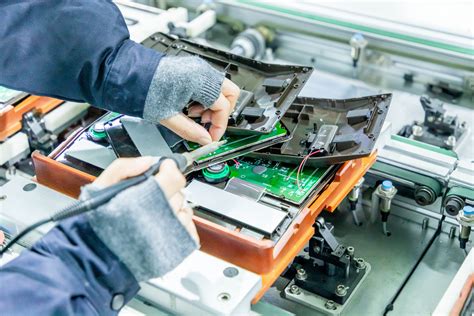
Key Takeaways
As you dive into the world of box build PCB assembly, it’s crucial to grasp the importance of pcb manufacturing and related factors. Understanding the fundamentals of pcb manufacturing companies ensures you select a reputable partner that can address your unique design and production needs. One key takeaway is recognizing that efficiency in pcb manufacturing cost can significantly enhance your project’s overall viability.
By implementing best practices in box build PCB projects, you’re setting yourself up for success. The right tools and techniques will simplify assembly, reduce errors, and improve turnaround times, ultimately benefiting your pcb manufacturing business.
"Focus on efficiency and quality to foster growth in your PCB projects."
As you approach this field, remember that overcoming common challenges is part of the journey; being aware will help you navigate complexities with confidence. Embrace emerging trends in technology to stay ahead in this dynamic industry landscape.
| Key Considerations | Description |
|---|---|
| Quality Assurance | Ensure every stage of production meets standards. |
| Cost Management | Optimize resources without compromising quality. |
| Emerging Trends | Stay informed on new technologies for better processes. |
In summary, mastering these elements will pave the way for efficient assembly and high-quality results in your electronic endeavors.

Introduction to Box Build PCB: Understanding the Basics
Box build PCB assembly is an essential aspect of the pcb manufacturing process, integrating various components to create complete electronic systems. In this phase, you will encounter several procedures that require a deep understanding of both technical and practical elements that contribute to the success of your project. The key lies in knowing how to streamline these processes while minimizing costs. Understanding pcb manufacturing cost is crucial, as it can impact your decision-making and affect the overall efficiency of your production. When dealing with pcb manufacturing companies, you will want to select those that showcase a competency in box buildups, ensuring they adhere to industry standards and deliver high-quality results. Your approach should incorporate best practices that lead to successful execution in your pcb manufacturing business. A solid grasp of these basic principles will serve as the foundation for producing reliable box build PCBs and achieving your project goals effectively while optimizing resources.
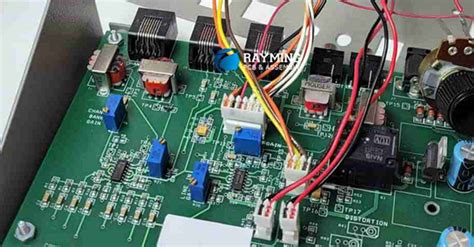
Key Techniques for Efficient Box Build PCB Assembly
To achieve efficient box build PCB assembly, it’s essential to integrate various key techniques that streamline the process. First and foremost, design for manufacturability (DFM) plays a critical role in simplifying assembly issues and minimizing the overall pcb manufacturing cost. By ensuring that your designs meet the standards set by the leading pcb manufacturing companies, you can avoid potential pitfalls during production.
Next, utilizing modular assembly methods can significantly enhance efficiency. This approach allows components to be pre-assembled into modules, reducing the time spent on assembly lines. It’s beneficial to leverage the capabilities of advanced materials during the pcb manufacturing, as this often leads to better performance and durability of your final product.
Additionally, maintaining a close relationship with your chosen pcb manufacturing business can help you stay updated on emerging trends and innovative techniques that enhance assembly processes. Regular communication regarding prototypes can ensure that your builds are aligned with cutting-edge practices in the industry.
Finally, always conduct thorough testing at various assembly stages. This practice not only helps in identifying issues early but also contributes to achieving high-quality standards critical for customer satisfaction. Emphasizing these techniques will undoubtedly optimize your box build PCB projects, ensuring that you remain competitive in today’s fast-paced technology landscape.
Essential Tools for Successful Box Build PCB Projects
To achieve a successful box build PCB project, you need to equip yourself with the right tools that streamline the pcb manufacturing process and enhance efficiency. First and foremost, having a reliable PCB design software is crucial. It allows you to create precise designs, ensuring that all components fit seamlessly into your enclosure. Look for software that integrates easily with pcb manufacturing companies to facilitate communication and reduce errors in your designs. Additionally, consider investing in high-quality soldering tools and equipment, as these are essential for assembling components accurately; this will directly affect your overall pcb manufacturing cost.
Another important tool is a robust testing suite, which helps you validate your PCB designs before full-scale production. With the right testing mechanisms in place, you can identify potential issues early on, saving time and resources as you move forward in your pcb manufacturing business. Furthermore, ergonomic workstations can significantly improve productivity during assembly, providing comfort and efficiency for extended working hours.
Don’t forget the value of good organization tools such as component bins and label makers to keep your parts sorted. This organizational aspect contributes greatly to maintaining an efficient workflow during assembly stages. By ensuring that you are equipped with these essential tools, you can navigate through the complexities of box build PCB projects more smoothly and effectively.

Best Practices for Designing High-Quality Box Build PCBs
When embarking on the design of box build PCBs, integrating best practices can significantly elevate the quality of your projects. First, it’s essential to focus on the pcb manufacturing process right from the initial design phase. This means you should choose components that are not only suitable for your application but also align with the capabilities and standards set by reputable pcb manufacturing companies. Pay careful attention to the layout; ensuring that it accommodates thermal management and electromagnetic compatibility can save you from costly reworks later on, ultimately affecting your overall pcb manufacturing cost.
Moreover, you should utilize advanced design tools that offer simulation features. These tools allow you to foresee potential issues during the prototype stage, leading to a smoother transition into full-scale production within your pcb manufacturing business. Good documentation practices are another key element; they promote clear communication among team members and facilitate an effective assembly process.
Utilizing standard footprints for components helps maintain consistency and reduces errors during assembly. Don’t overlook the importance of reviewing DFM (Design for Manufacturing) guidelines to ensure your designs optimize for efficiency in assembly and production. By adhering to these best practices in your box build PCB design, you not only streamline production but also enhance reliability and performance, which ultimately contributes to a successful electronic project outcome.
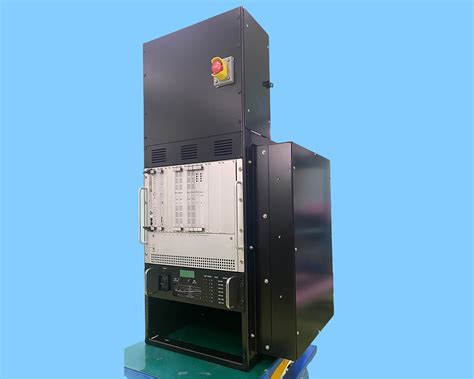
Common Challenges in Box Build PCB Assembly and How to Overcome Them
When navigating the box build PCB assembly process, several common challenges can impede your progress and affect the overall quality of your projects. One significant hurdle is the complexity of components involved. With many parts needing to fit together seamlessly, ensuring compatibility during the PCB manufacturing phase becomes paramount. Proper planning and a thorough understanding of component specifications can mitigate this issue.
Another challenge you might face is managing pcb manufacturing costs. As you delve into your projects, unexpected expenses can arise from sourcing components or labor. Exploring various PCB manufacturing companies for competitive pricing and establishing clear budgets can help you maintain financial control.
Additionally, maintaining quality control during the assembly process is crucial. Mistakes or misalignments can lead to malfunctioning designs, which may impact your reputation in the pcb manufacturing business. Implementing stringent quality checks and utilizing advanced tools can help prevent these errors.
Lastly, integrating new technology into traditional practices presents its own set of challenges. Adapting to the latest innovations in PCB manufacturing might require additional training for your team but can ultimately enhance efficiency and output quality. By recognizing these obstacles early on and developing strategic solutions, you can ensure that your box build PCB assembly projects are both effective and successful.
Quality Control in Box Build PCB Production
In the realm of box build PCB production, maintaining rigorous quality control is paramount. It ensures that every assembled unit meets the specified standards and functions reliably in its applications. Implementing effective quality control measures begins with establishing a clear understanding of the design requirements and specifications. Regular inspections during the assembly process can catch potential issues early, which is essential to mitigate costly errors down the line.
Utilizing well-defined process controls and testing protocols allows you to assess quality at various stages of your pcb manufacturing workflow. From initial component sourcing to final assembly, engaging with reputable pcb manufacturing companies can play a crucial role in ensuring component quality and reducing the overall pcb manufacturing cost. Furthermore, adopting an iterative approach that includes feedback loops among your team can enhance learning from past production runs, thus elevating your pcb manufacturing business practices over time.
Moreover, making use of automated inspection systems can greatly increase efficiency and accuracy in quality assessments. The utilization of technologies such as Automated Optical Inspection (AOI) can provide real-time feedback on components placed on the board. This proactive stance on quality control not only ensures reliability but also enhances customer satisfaction by delivering products that comply with performance expectations, ultimately solidifying your reputation in a competitive market.
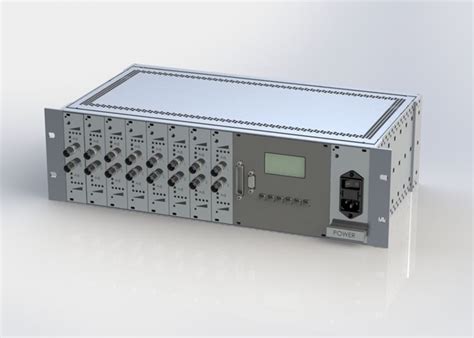
Future Trends in Box Build PCB Technology
As you look toward the future of box build PCB technology, it becomes clear that the landscape is evolving rapidly, influenced by advancements in pcb manufacturing processes and increasing demands for efficiency and quality. One notable trend is the integration of smart manufacturing techniques, which enable pcb manufacturing companies to utilize automation and IoT (Internet of Things) for improved precision and faster production timelines. This shift not only reduces pcb manufacturing costs but also enhances the overall reliability of your electronic assemblies. Additionally, the rise of sustainability in production techniques is prompting many pcb manufacturing businesses to adopt eco-friendly materials and methods, addressing both consumer demands and regulatory pressures. Staying abreast of these trends will empower you to make informed decisions that reflect not just technological advancements but also market expectations, ensuring that your box build projects remain competitive in a dynamic industry. Remember that embracing these innovations can significantly impact your project’s success while enhancing your strategic approach toward quality control and assembly efficiency.
Conclusion: Achieving Excellence in Your Box Build PCB Efforts
In your journey towards mastering box build PCB assembly, recognizing the critical role of pcb manufacturing practices is essential. The complexity of this process underlines why collaborating with reliable pcb manufacturing companies can significantly enhance your project’s success. Understanding the intricacies involved in production can ultimately lead to reduced pcb manufacturing costs, allowing you to allocate resources more efficiently. Striving for excellence also means keeping an eye on the evolving landscape of the pcb manufacturing business, as innovations within this field can offer new methodologies and technologies that streamline operations. By integrating robust quality control measures and staying informed about future trends, you position yourself favorably to achieve high-quality results in your electronic ventures, ensuring not just competence but excellence throughout your pcb assembly endeavors.
Conclusion: Achieving Excellence in Your Box Build PCB Efforts
In conclusion, mastering the essentials of box build PCB assembly is vital for any electronic project you embark on. By embracing key techniques and using the right tools, you can significantly reduce pcb manufacturing costs and enhance the quality of your assembled products. Understanding the workflows of pcb manufacturing companies will not only streamline your projects but also offer insights into potential challenges you may face during production. A keen focus on quality control throughout the pcb manufacturing business can greatly contribute to achieving outstanding results. As technology continues to evolve, staying updated on future trends will ensure that your designs remain cutting-edge, helping you maintain a competitive edge in a constantly changing landscape. By implementing these practices, you position yourself for success and make substantial strides toward excellence in your box build PCB endeavors.
FAQs
What is box build PCB assembly?
Box build PCB assembly refers to the final assembly of electronic components and systems contained in a box or enclosure after the PCB manufacturing process. It typically includes adding components like connectors, enclosures, and other hardware, ultimately creating a complete electronic device.
What are some common challenges in box build PCB assembly?
Challenges can include managing pcb manufacturing costs, ensuring component compatibility, and addressing any design discrepancies. However, proper planning and using reliable pcb manufacturing companies can greatly minimize these issues.
How can I ensure quality in my box build PCB projects?
To ensure quality, focus on meticulous design reviews, implement rigorous testing protocols, and collaborate with reputable pcb manufacturing businesses. This approach enhances the reliability of your resulting products.
What are the benefits of using professional pcb manufacturing services?
Utilizing professional services can lead to improved efficiency in production times, lower pcb manufacturing costs, and access to advanced technologies that may not be available for in-house production.
How do I choose the right pcb manufacturing companies for my projects?
Select companies based on their track record, certifications, fabrication capabilities, and customer feedback. This research will help you partner with firms that align with your project’s specific needs.


